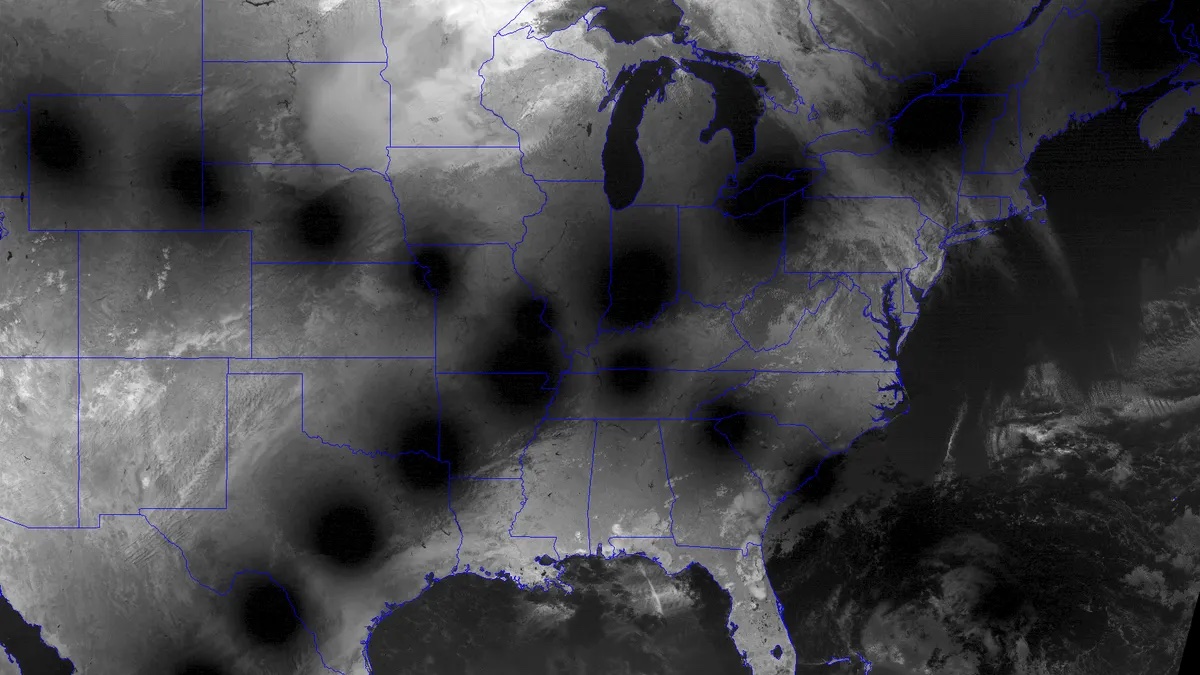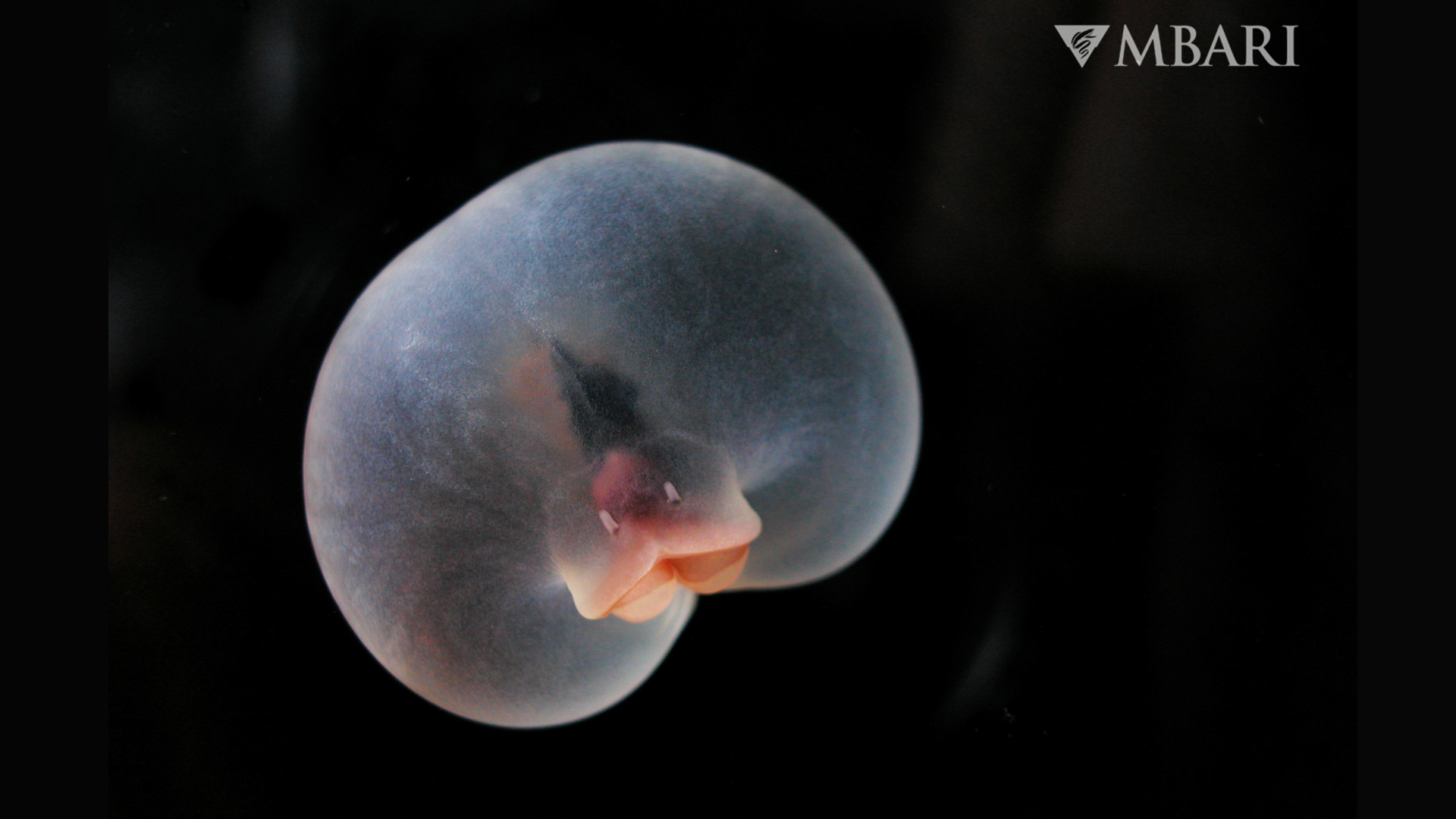JCM, Vol. 13, Pages 1936: Association of Peri-Implant Keratinized Mucosa Width and Mucosal Thickness with Early Bone Loss: A Cross-Sectional Study
Journal of Clinical Medicine doi: 10.3390/jcm13071936
Authors: Zeynep Tastan Eroglu Dilek Ozkan Sen Elif Oncu
Objective: The objective of this study was to evaluate the effects of keratinized mucosa width (KMW) and mucosal thickness (MT) around dental implants on marginal bone loss (MBL). The evaluation was performed one year after loading by comparing clinical, radiographic, and biochemical parameters. Methods: The study included 87 implants in 87 patients undergoing regular follow-ups without hard or soft tissue augmentation one year after loading. Clinical measurements included plaque index (PI), gingival index (GI), bleeding on probing (BoP), probing depth (PD), KMW, and MT. MBL was assessed with periapical radiography. The peri-implant crevicular fluid (PICF) was analyzed for tumor necrosis factor-alpha (TNF-α), receptor activator of nuclear factor-kB ligand (RANKL), osteoprotegerin (OPG), and microRNA-27a. Results: The MBL of implants with thin MT (<2 mm) was higher than that of implants with thick MT (≥2 mm) (p < 0.05). A significant negative correlation (r: −0.217) was established between MT and MBL. No significant association was found between KMW and MBL (p > 0.05). No significant associations was found between KMW and MT with TNF-α, RANKL, OPG and RANKL/OPG (p > 0.05), with the exception of increased microRNA-27a levels in implants with KMW ≥ 2 mm (p < 0.05). Conclusions: Implants with a thick MT had a lower MBL. There may be an association between adequate KMW and high miRNA-27a levels. The relationship between MBL and miRNA-27a remains unclear.

 1 month ago
13
1 month ago
13


